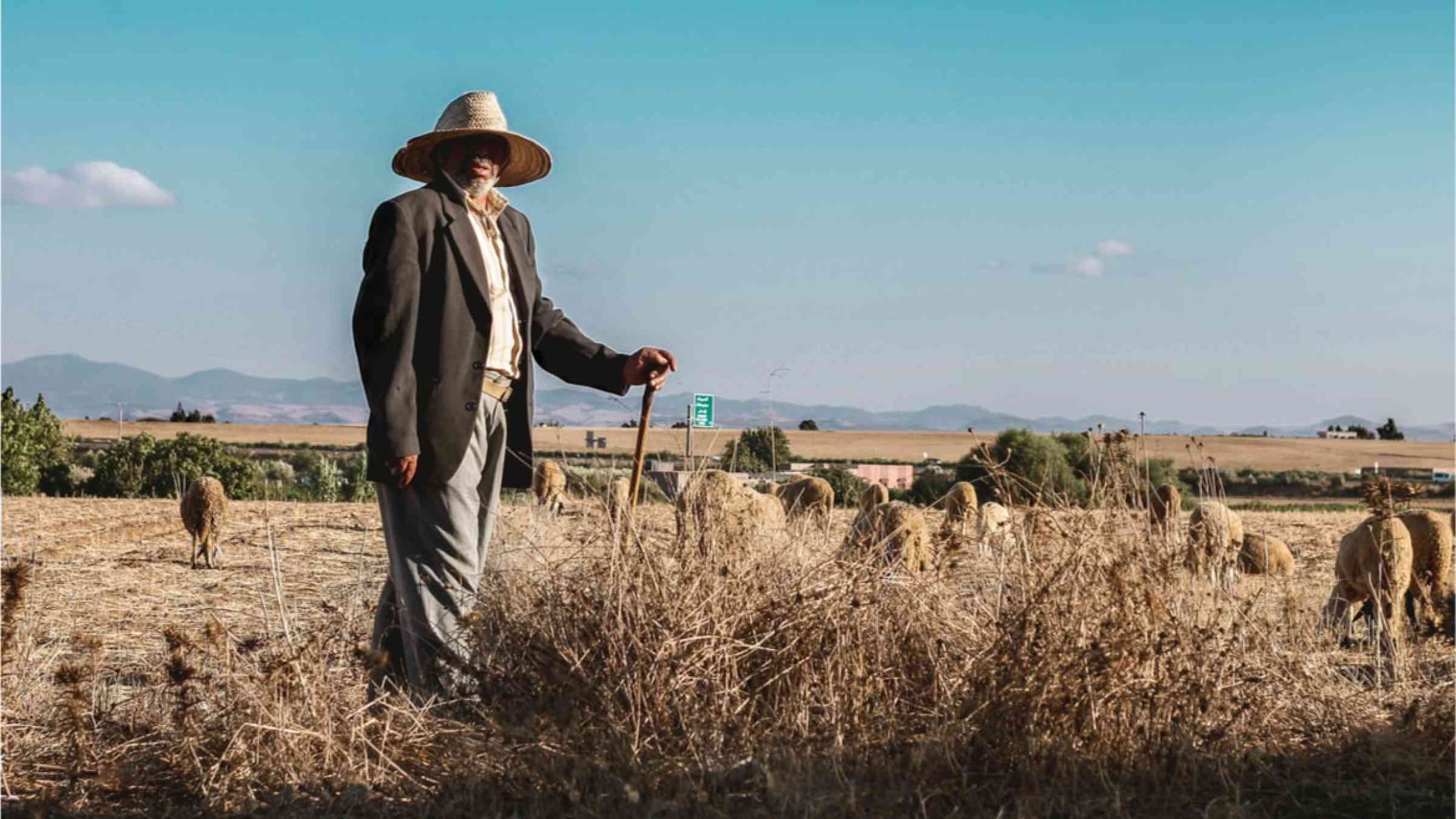
Moroccan cities, which contribute to more than 75 percent of the national Gross Domestic Product (GDP) are becoming increasingly vulnerable to natural and climate hazards. These include extreme weather events, such as floods, heatwaves, and droughts, and slow onset events, such as sea level rise, all of which are expected to worsen in the next decades due to the impacts of climate change. They also include geological hazards such as earthquakes. Together, their effects are estimated to cost Morocco over US$ 575 million each year and pose a significant threat to Morocco’s citizens and their livelihoods, particularly vulnerable people in urban settings who are disproportionately affected, including women and youth living below the poverty line, migrants, and other minority groups with limited access to services and support.
Against this backdrop, the government of Morocco has taken decisive actions to strengthen disaster risk management (DRM) and climate change adaptation both at the national and local levels. While the important role of the national government in providing a guiding framework and financial resources for disaster and climate resilience cannot be stressed enough, the government recognizes that the impacts of natural hazards and climate change are most acutely felt at the local level. It is therefore critical to enhance horizontal and vertical linkages between sectors and among national and local authorities, and to provide cities with the necessary tools to strengthen their resilience.
Building on the longstanding DRM partnership between the World Bank and the Government of Morocco, in 2018, the Ministry of Interior requested the World Bank’s technical assistance to support two pilot cities in preparing urban resilience strategies and action plans. This pilot engagement aimed to generate lessons learned to develop a strategic approach for mainstreaming DRM at the local level. The cities of Fez and Mohammedia were chosen since they represent different disaster and climate risks contexts: Fez, situated in northern inland Morocco and an important cultural and tourism center, is particularly vulnerable to pluvial and fluvial flooding, as well as earthquakes due to its location on a seismically active area, known as the Rif front; Mohammedia, an important industrial center, is situated north-east of Casablanca on Morocco’s Atlantic coast and is particularly vulnerable to coastal flooding and sea level rise.
The urban resilience strategies of Fez and Mohammedia were developed between 2019 and 2021, relying on a participatory approach mobilizing a plurality of actors, from civil society and academia to line ministries and technical agencies through the creation of local-level steering committees. They aim to provide the two cities with a roadmap towards becoming safer, greener, more resilient, and inclusive by identifying key resilience measures to reduce the vulnerability of their inhabitants and critical assets to natural hazards in the context of climate change. The strategies were informed by rapid diagnostics, which involved multiple rounds of data collection and analysis at the local level, as well as several stakeholder engagements workshops for each city, while also considering key socio-economic impacts of the COVID-19 pandemic. Through this collaborative process, stakeholders set out a common vision for the cities anchored in consensus around discrete, implementable actions.
Some examples of urban resilience measures developed as part of the action planning process include:
- Action 2 of the Fez 2022-2027 Action Plan encourages the identification and implementation of viable Nature-Based Solutions to minimize the risks due to natural hazards and protect inhabitants, local industries, and infrastructures. In addition to providing essential socio-economic and environmental benefits, such as improving living standards by contributing to increased food security and reducing health inequalities, Nature-Based Solutions can be less costly and more effective in the long term than traditional investments that rely on the construction and maintenance of traditional “grey” or “hard” infrastructure solutions.
- Action 1 of the Mohammedia and Ain Harrouda 2022-2027 Action Plan proposes to develop and implement a local strategic framework for managing flood risk and coastal erosion in the context of sea level rise and intensifying storm surges. This framework would allow for an understanding of current shortfalls using prospective scenarios. For instance, for the year 2050, by combining the Intergovernmental Panel on Climate Change (IPCC) 2021 Sixth Assessment Report’s global sea level rise projections with land use planning scenarios to identify effective flood and coastal erosion risk management measures. The framework proposed as part of this action would bring together various stakeholders to take a holistic approach to urban and coastal management
A New Tool to Strengthen Resilience in Moroccan Cities
To scale up this pilot exercise and support the mainstreaming of DRM and climate adaptation measures at the local level, the Ministry of Interior, with the support of the World Bank, designed the Urban Resilience Handbook for Moroccan Cities. Aimed at decision-makers and technical staff at the city level, the Handbook provides step-by-step guidance on the processes, tools, and resources necessary to develop robust urban resilience strategies and action plans. On October 5, 2022, the Ministry of Interior’s Natural Risk Management Directorate (Direction de la Gestion des Risques Naturels, DGRN) hosted a national workshop to present the Handbook, showcase the two pilot engagements, and encourage dialogue among high-level city stakeholders. Over forty participants, including regional Walis, Governors, and mayors from across the country took part in this event to learn about the lessons learned that can be applied to their city-specific needs to build resilience and protect development gains for future generations. Over the next few years, the government envisions that many more cities will follow Fez and Mohammedia’s examples to develop urban resilience strategies to strengthen disaster risk management at the local level. Furthermore, priority measures proposed by both cities in their action plans can benefit from funding from the Fund for the Fight against the Effects of Natural Disasters (Fonds de Lutte Contre les Effets des Catastrophes Naturelles, FLCN), a national resilience fund supported by the World Bank that finances disaster risk reduction and preparedness investments at the local level.